Canon announced its latest Cinema-line camera, the EOS R5 C earlier this month. The camera is Canon’s smallest Cinema EOS camera and seems to be an evolution of the acclaimed EOS R5. In contrast, the R5 C has a few video-specific features. It may look like just an EOS R5 with an extended back, but the changes go further than just the visual differences. Let’s dive in and find out just what they are.
The EOS R5 C is the latest, and smallest Cinema EOS camera that Canon has released. The previous smallest was the S25 format EOS C70 which featured 4K video at 60fps and at up to 180fps in S16 mode. It also did not allow for still photographs.
In contrast, the EOS R5 C sports a full-frame sensor that allows 8K RAW video capture up to 30fps, and up to 60fps with external power support. There’s also full support for still photography, with an image sensor that allows for 45-megapixel RAW images at 12 or 20 frames per second.
The big difference from the base R5 model is that the R5 C is video-oriented. It has a larger body, better thermal control, and an active cooling system to keep the sensor cool – a major failing of the R5. The R5 C goes further… The three-way photo-off-video switch that allows it to change mode actually changes the entire menu system. There’s the original R5’s menu system for photography and another one that will be familiar to Canon cinema camera users, with more cinema-focused settings and features. In essence, the Canon EOS R5 C is two cameras in one.
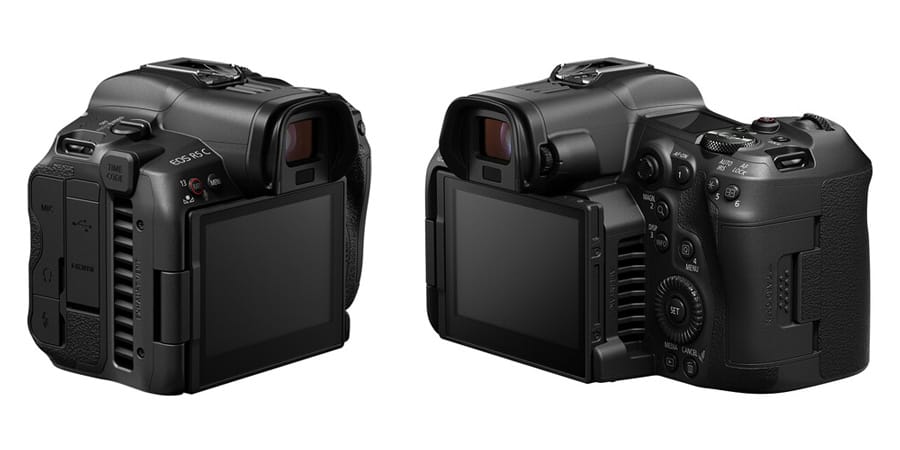
Key Features of the EOS R5 C
- Full-frame 8K Sensor: The camera offers 8K 30fps shooting in-camera, with the option to shoot 8K 60fps with an external power supply.
- Two Cameras In One: The camera brings two full-featured software menus in one body. With the ability to change over with just a flip of a button. This means that it can quickly change itself to function either as a dedicated stills camera or as a full-featured cinema camera.
- 45MP stills @ 12FPS with Mechanical Shutter / 20FPS with Electronic Shutter
- 8K DCI Video RAW Internal 12bit and ProRes RAW external recording via HDMI while simultaneously recording XF-AVC proxies to the SD card.
- 4K120FPS with accurate autofocus
- CMOS Sensor with Dual Pixel CMOS AF with Eye Detection
- RF mount for compatibility right out of the box
- Electronic Image Stabilisation
- Waveform monitor and Timecode in/out for working in professional video ecosystems
- CFexpress Type-B and SD UHS-II Slots
- Unlimited record time via dual slot recording
- Multi-Function accessory shoe allows the use of a 4-Channel audio recording via the optional XLR Adapter
- 13 Reassignable buttons
- Compatibility with Canon VR via the RF 5.2mm f/2.8 L Dual Fisheye Lens
- Audio Recording with High Frame Rate (HFR) recording
- Dual Base ISO: 800/3200 ISO in Canon Log 3 and 400/1600 ISO in BT.709, PQ and HLG. ISO Sensitivity up to 51,200 ISO
- Use external USB-C power banks with PD can be used, as well as other options from Canon as well.
Camera Specs
| Max resolution | 8192 x 5464 |
| Image ratio w:h | 1:1, 4:3, 3:2, 16:9 |
| Effective pixels | 45 megapixels |
| ISO Range | ISO 100-25,600 (L:50, H:102,400) |
| Sensor size | Full frame (36mm x 24mm) |
| Sensor type | CMOS |
| Image Processor | Digic X |
| Image Stabilization | Lens-based IS for Still Photos; Electronic Image Stabilization for Video (video is cropped to 1.1x – standard or 1.43x – high) |
| Lens Mount | Canon RF |
| Autofocus | Dual Pixel CMOS AF II |
| Focus Points | 1053 |
| AF Methods | Face+Tracking AF Spot AF 1-Point AF Expand AF Area (above, below, left and right/ around) Zone AF Large Zone AF (Vertical/Horizontal) |
| Subject Detection | People, Animals, No Priority |
| Articulated LCD | Yes, Fully Articulating |
| Screen Size, Resolution | 3.2″, 2.1 Million |
| Storage Options | CFexpress B and SD (UHS-II) slots |
| USB | USB 3.2 Gen 2 (10 GBit/sec) |
| USB Charging | Yes, PD |
| HDMI | Micro HDMI |
| Microphone & Headphone Ports | Yes |
| Weight | 770g (including battery and CFexpress card, but without body cap) |
| Dimensions | 142 x 101 x 111 mm (5.6 x 4.0 x 4.4″) |
Video Specs
| Internal RAW recording | Non-Stop 8K Video up to 60P internal recording with the Canon Cinema RAW Light format |
| Canon Log | Canon Log 3 |
| 8K HDR Recording | HDR recording in Hybrid Log Gamma (HLG) and Perceptual Quantization (PQ) formats |
| Video Formats | MPEG-4, XF-AVC, H.264, H.265 |
| Cinema RAW Video Size | 8192 x 4320 (Full Frame), 5952×3140 (Super 35mm), 2976×1570 (Super 16mm) 12 bit color sampling |
| XF-AVC Video Size | 409×2160/3840×2160 (Full Frame/Super 35mm), 2048×1080/1920×1080, 1280×720 YCC 422 10 bit |
| MP4 Video Size | 8192×4320/7680×4320 (Full Frame only), 4096×2160 / 3840×2160, 2048×1080/1920×1080, 1280×720 YCC422 10 bit (HEVC) or YCC420 8 bit (H.264) |
| Video Framerates | 23.98, 24, 25, 29.97, 50, 59.94 |
| Clean HDMI Out | Yes (via HDMI micro OUT terminal Type D (Resolution switches automatically) / CEC not compatible) |
| High Frame Rate | Up to 120P at 4K resolution (4096×2160/3840×2160) in 4:2:2 10-bit without cropping the sensor |
| 8K RAW Output via HDMI | RAW output via HDMI and ProRes RAW recording with compatible external recorders such as Atomos devices. Proxy data can also be recorded to an in-camera SD card at the same time. |
Positives
The EOS R5 C is everything that video-oriented shooters wanted the R5 to be. After all, it does provide unlimited 8K RAW shooting times, with Cinema EOS menus, Waveform and Vector scopes for monitoring, and the ability to add XLR ports, a tally light, and timecode in/out. The icing on the cake is that this is still a full-frame sensor that outputs 45-megapixel images at an incredible 20FPS.
But is that enough?
Negatives
The EOS R5 C is a very capable 8K hybrid digital cinema/still camera, but it doesn’t quite have everything that one would want out of a cinema camera. It still does retain its mirrorless heritage – that of the R5. Here are a few features that cinema video shooters would like to have incorporated:
- Dual tripod mounting points
- A Full-Size HDMI port
- Variable ND filters built-in
- Hardware mounting points on the body
- IBIS (however, it is not unexpected that this is missing since most cinema cameras don’t have it anyway)
The lack of these features reflects in the pricing, which at $4,499 is $1,000 less than the EOS C70, but $600 more than the EOS R5. Canon seems to have positioned this camera quite appropriately.
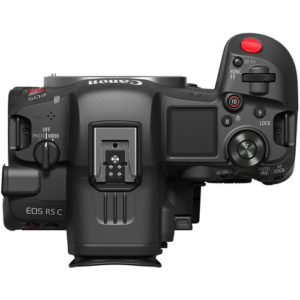
Pricing and Availability
The camera is currently available on preorder. The release date is March 2022.
The Canon EOS R5 C is priced at $4,499, while the Canon EOS R5 can be purchased at $3,899 – a difference of $600.
Canon EOS R5 C Preorder
The R5 C is currently available for preorder at $4,499 right now, from Adorama, B&H, Best Buy, and Canon (aff.). Click the link to choose. Cameras are expected to ship by end of May 2022.
Who is the Canon EOS R5 C Cinema camera for?
This is a rather powerful camera, in a compact package. Given the Cinema focus, I would suggest that this camera is meant for a serious video shooter who also shoots still images quite frequently. It would pair up very well with an existing R5, especially if the photographer is having trouble with getting sustained video performance without the camera overheating. Finally, it is NOT for someone who uses the IBIS feature often.
Review Videos
As usual, we have a slew of videos that have been released along with the announcement reviewing the camera and helping people understand what they can expect from it.
Gordon Laing
One of the most comprehensive is Gordon Laing from Camera Labs. He also compares it against the Canon EOS R5, so that you can really see where the major differences are to be found.
Kai W – A Hands-on First Look
ProAV TV – IBIS, or no IBIS?
ProAV TV did a side-by-side comparison between the R5 and the R5 C to see whether the lack of IBIS would make a difference for professional cinema camera setups, or whether the digital IS would be sufficient.
CineD – First Impressions
CineD has put together a video that is more of a first look at the specs and key features of the camera.
Image Credits: Canon
Help Us To Continue Creating
Get our email newsletter to stay up-to-date with our latest posts. It’s easy to read and is mailed once in 2 weeks.
The easiest way to support Beyond Photo Tips is by using our affiliate links when you buy anything at all. It will never cost you anything extra, and we get a small commission from it, which helps us a LOT! We share our recommended equipment list here.
Some of the links to products on this website are affiliate links, and we only ever link out to gear that we recommend.
You could also show your appreciation by buying us a coffee. Finally, we appreciate you being a part of the community, so do say hi!

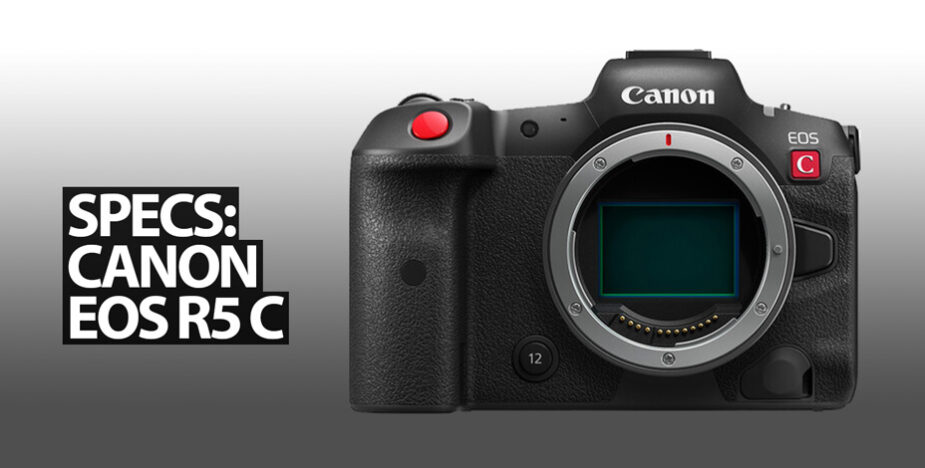
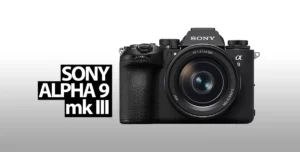

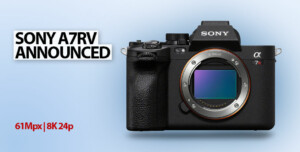
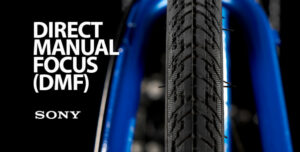

Interesting! 😊